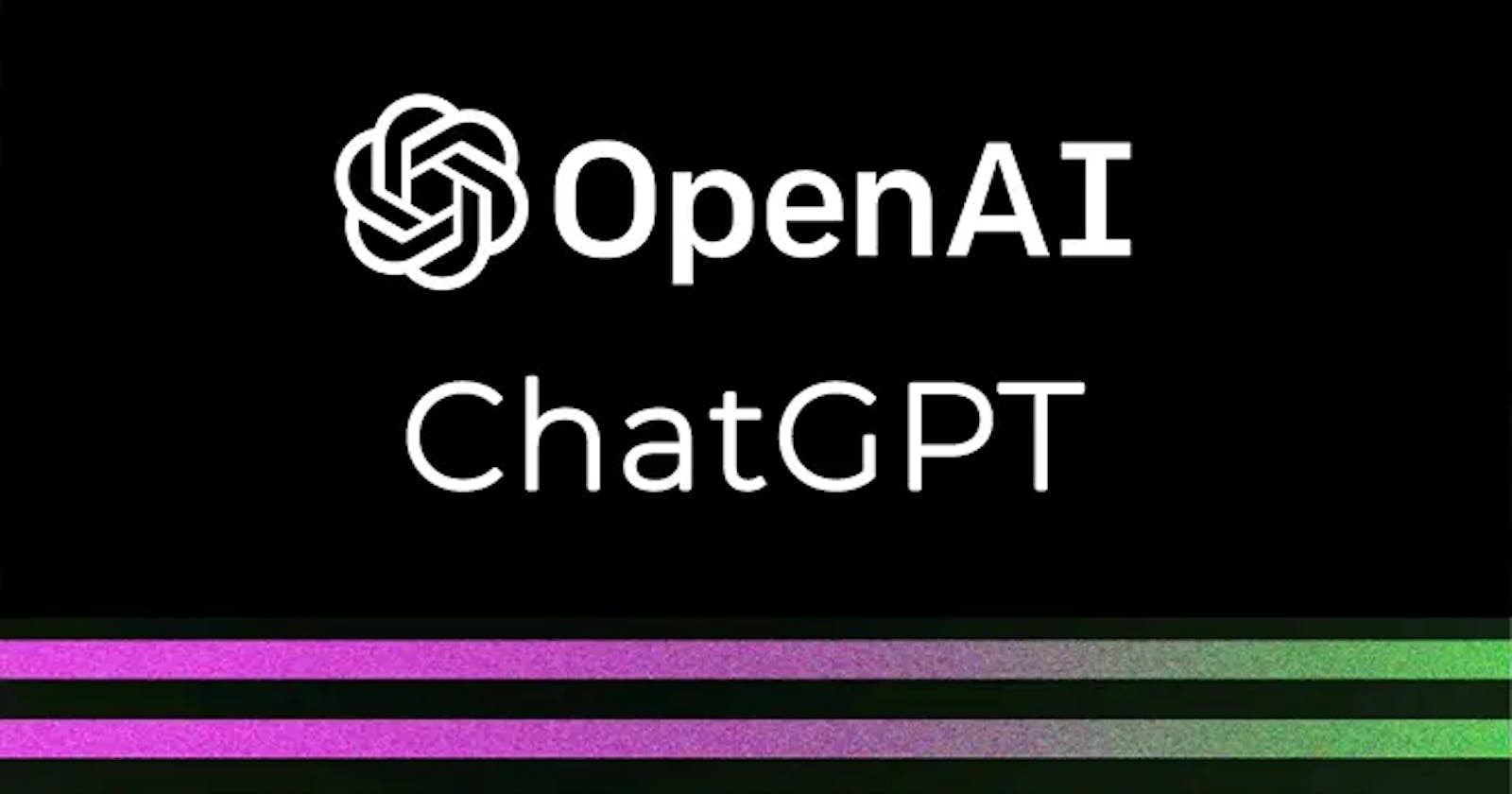ChatGPT is a large language model developed by OpenAI that uses machine learning to generate human-like text. It is based on the GPT (Generative Pre-training Transformer) architecture and has been trained on a massive amount of text data. This allows it to generate text that is similar in style and content to the text it was trained on.
One of the main uses of ChatGPT is for natural language processing (NLP) tasks such as language translation, text summarization, and question answering. It can also be used for creative writing, such as generating poetry or short stories. Additionally, ChatGPT can be fine-tuned for specific tasks, such as generating responses in a chatbot.
ChatGPT is a powerful tool for understanding and working with human language, and its capabilities are constantly expanding as more data and computational resources become available. This makes it a valuable asset for businesses and organizations looking to improve their NLP capabilities and provide more natural and efficient interactions with their customers.
One of the key advantages of ChatGPT is its ability to generate human-like text. This means that it can be used in applications where a high degree of natural language understanding is required, such as chatbots, virtual assistants, and automated writing. Additionally, ChatGPT can be fine-tuned to specific tasks, such as language translation or text summarization, which makes it a versatile tool for a wide range of NLP applications.
Overall, ChatGPT is a powerful and flexible tool for natural language processing that is well-suited for a wide range of applications, from chatbots and virtual assistants to automated writing and language translation. As its capabilities continue to improve, it has the potential to become an even more important tool for businesses and organizations looking to improve their NLP capabilities and provide more natural and efficient interactions with their customers.
Some of the key features include
Generating human-like text: ChatGPT has been trained on a massive amount of text data, which allows it to generate text that is similar in style and content to the text it was trained on. This makes it ideal for applications that require a high degree of natural language understanding, such as chatbots and virtual assistants.
Text completion: ChatGPT can be used to complete a partially written sentence or paragraph, making it a useful tool for writing assistance and text prediction.
Language Translation: ChatGPT can be fine-tuned for language translation tasks, allowing it to translate text from one language to another with a high degree of accuracy.
Text summarization: ChatGPT can be fine-tuned to summarize a large amount of text into a shorter, more concise version. This is useful for news articles, research papers, and other long-form text.
Question Answering: ChatGPT can be fine-tuned to answer questions based on the context of a given text, making it a powerful tool for knowledge management.
Named Entity Recognition: ChatGPT can be fine-tuned to identify and extract entities such as people, locations, and organizations from text, which is useful for tasks such as sentiment analysis and information extraction.
Customizable: ChatGPT can be fine-tuned to specific tasks and industries, which makes it a versatile tool for a wide range of natural language processing applications.
Note:
The above blog is generated using ChatGPT, so essentially this blog is what chat GPT is in its own words.
